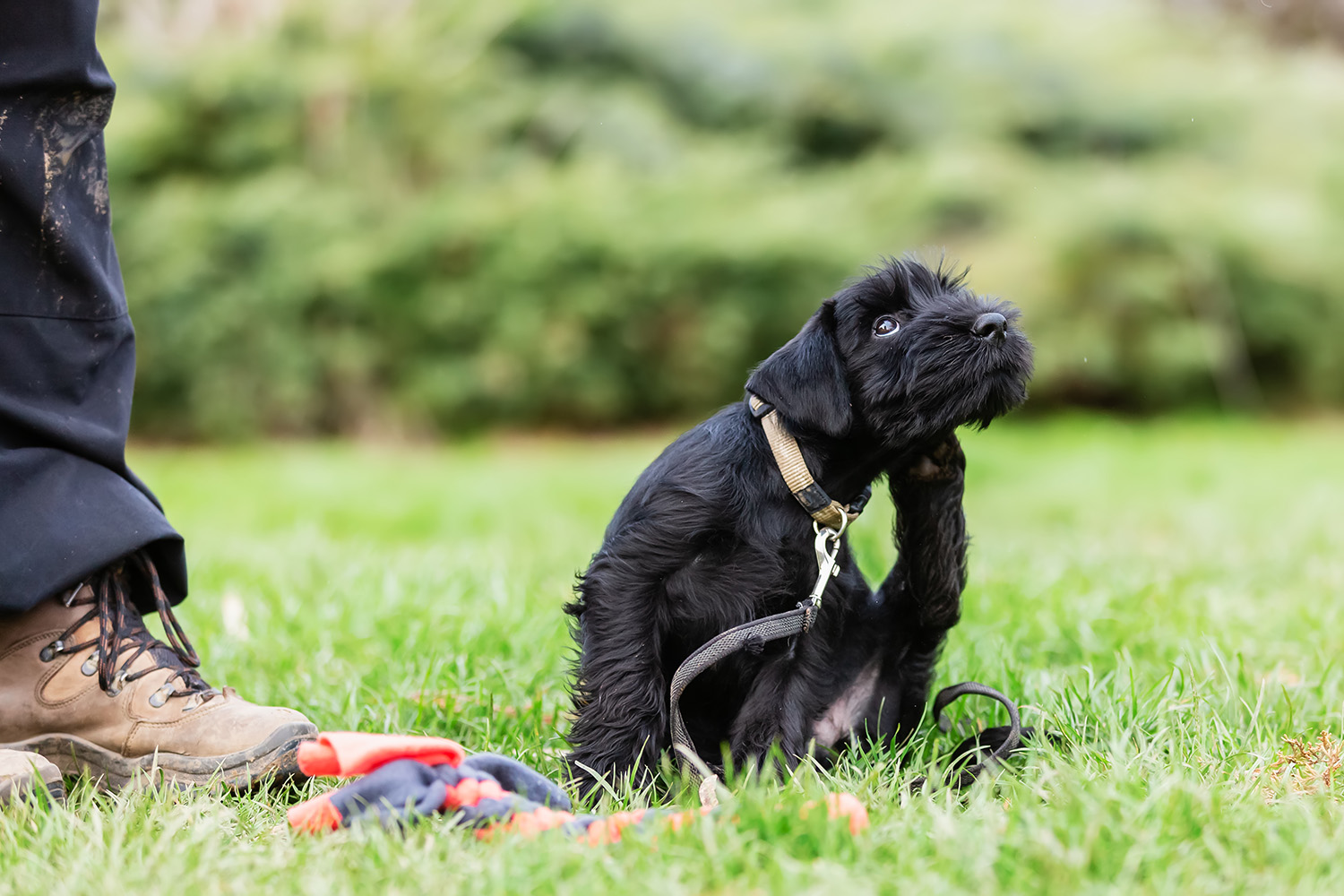If you’re someone who has to stock up on antihistamines, tissues and eye drops in the warmer months of the year, you’re probably familiar with the term ‘seasonal allergies’. But did you know that our pets can suffer from this condition too? The spring and summer seasons can bring high pollen counts as well as warmer weather, which can induce allergy symptoms in some of our furry friends.
Let’s find out more about seasonal allergies and how we can help our pets.
What is an allergy?
An allergy is an overreaction by your pet’s immune system, when it mistakes something relatively harmless (such as pollen) as a threat. The immune system then launches a response, leading to inflammation. Allergic responses can be caused by eating, inhaling or touching an allergen (the thing that your pet is allergic to). Allergic responses can vary from mild irritation to severe reactions.
Seasonal allergies refer to reactions that only take place at certain times of year. Examples include allergies to mould, certain pollens, or fresh grass.
Signs of allergies in pets
Pets with allergies often present a bit differently to people. They may show signs of itchy skin: lots of licking and scratching, red and sore patches of skin and shaking their head. The ears, face, armpits, paws and tummy are most commonly affected.
Some pets don’t become itchy but show other symptoms. They may seem lethargic and unlike their usual selves. Some pets will have runny eyes or nose, red swollen eyes and even bouts of sneezing!
If you notice these symptoms in your pet, it is always best to consult one of our vets These symptoms can be caused by allergies, but there are also other medical conditions which can cause similar signs.
What’s causing my pet’s allergy?
There are lots of potential allergens – the things that your pet is allergic to. Pollen, flea bites, dust mites, mould, grasses… the list is long. By careful observation, you may be able to work out when your pet’s allergy is at its worst, and this helps narrow down the list of potential causes.
Spring and summer allergies are often related to plant pollen. In March and April, tree pollens are most active, whereas grass pollen is the most likely culprit May – July, and flowering weeds can cause reactions in later summer. These times may vary depending on where you live and the local climate, but knowing roughly when your pet is most reactive can help with avoiding the allergens as much as possible.
We have various ways to diagnose allergies. We will perform a full examination of your pet and may recommend skin tests or blood tests to find out more. If your pet has sore, itchy skin or other symptoms, get in touch with us and book in to see your vet.
Helping a pet with allergies
If your pet seems reactive in the warmer seasons, then there are ways you can help them manage.
- Plan outside time for early mornings or late afternoon/evening, when pollen counts are lowest
- Wipe down paws and fur after your pet has been outside, to reduce pollen exposure
- Keep dogs on leads if they like to roll in grass
- Grooming – a good brushing every day or so helps to remove allergens and keeps coat in good condition
- Bathing – regular bathing can help allergic pets by removing pollens and keeping the skin barrier in good condition. Ask your vet about a suitable shampoo.
Remember, if your pet is unwell, has itchy, sore skin, weepy eyes or any other symptoms of allergies, speak to one of our vets. Your pet may need medication to manage their allergies, and your vet can discuss a management plan with you. Don’t use human medication except under your vet’s advice, as it can be very harmful in some cases, and ineffective in others.
Spring and summer allergies: conclusions
Pets can have allergies, just as we do. They often present with sore, itchy skin but can also have weepy eyes and nose, or sneezing. Reactions in the spring and summer are usually to various types of pollen. Book an appointment with us if your pet is showing signs of an allergy: they may require some skin or blood tests, and some pets require medication to manage their symptoms. Consider trying to reduce exposure to pollens as much as possible, by wiping off after walks, thorough hygiene and avoiding times of high pollen.



